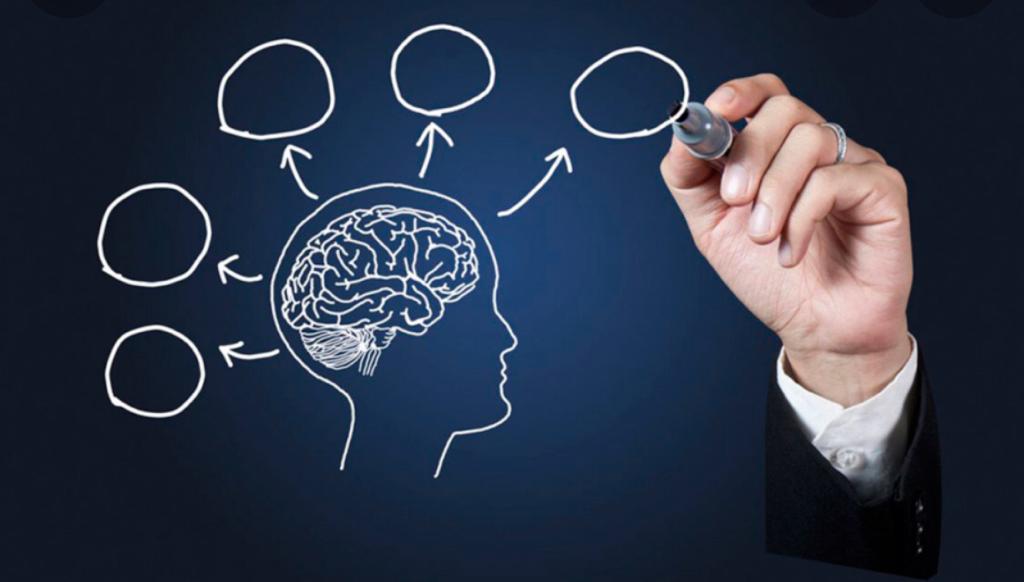Psychological tests: how to take cultural aspects into account?
Psychological tests are extremely important tools in clinical practice as they make it possible to investigate psychological characteristics of patients that could not be measured objectively or by mere observation.
The entire psycho-diagnostics process can be described as a complex procedure that includes the medical and neurological examination of the patient, functional to verify the presence of organically-based anomalies, as well as the study of his or her personal history (anamnesis), which takes place within the psycho-diagnostics interview and which makes it possible to investigate the person’s psychic developmental trajectories and the set of genetic, environmental and relational factors that may have contributed to the construction of his mental organization and to the establishment and maintenance of the problems that led him to the therapeutic consultation.
The application and evaluation of the results provided by the reactive then allows the diagnostic hypothesis formulated during the interview to be verified and deepened. Specifically, mental reactive constitute a broad category of tests including ‘level tests’ and ‘personality tests’. The former are aptitude tests, like intelligence tests, that assess an individual’s IQ and provide information about his or her current cognitive and intellectual level. The latter, in turn, fall into two categories: personality questionnaires, which provide quantitative data, and projective techniques, which, on the other hand, provide information (typically about the patient’s personality). Within a psycho-diagnostics analysis, the therapist can benefit greatly from the combined use of all these types of instruments.
Very often, psychological tests are standardized on the basis of data obtained on large samples of subjects (the so-called normative sample) and thus allow assessments to be made on the basis of comparisons with other subjects, indicating how close or how far a person is from the scores of others. However, in order to answer a test correctly, it is necessary to understand the instructions, questions or content of the items that are presented from time to time. For this reason, people with characteristics that differ from those of the normative sample may be unreliably assessed by these instruments.
This issue is often found in the work carried out on migrants, who often come from different cultures than the West or have problems understanding the language. For example, when assessing intelligence, it is usual to use the Wechsler Scales (WAIS, WISC, WPPSI), which allow the analysis of the different processes involved in intellectual activity and also provide information on the different cognitive functions. Specifically, the WAIS (Wechsler Adult Intelligence Scale) measures intelligence in adults over 15-16 years of age. The scale has a mean of 100 and a standard deviation of 15: thus, subjects scoring between 85 and 115 are considered to be in the normal range. The result of the entire test provides information on the general intellectual level while the result of the individual sub-tests allows internal comparisons to be made between different mental activities and personality organization characteristics. The WPPSI-III scale and the WISC-IV scale represent the counterpart of the WAIS for pre-school children (aged 3 to 7 years) and school-age children (aged 6 to 16 years and 11 months).
However, these scales are highly dependent on culture. Therefore, an alternative way of assessing intelligence in people with a different background is to use Raven’s progressive matrices: these matrices measure non-verbal intelligence throughout the entire span of intellectual development, from childhood to maturity, regardless of cultural level. The proposed tasks require you to analyze, construct and integrate a series of concepts. Each task involves completing a series of figures with the missing one from a presented model, according to a criterion of increasing difficulty.
Dr Akinyemi M.O.



